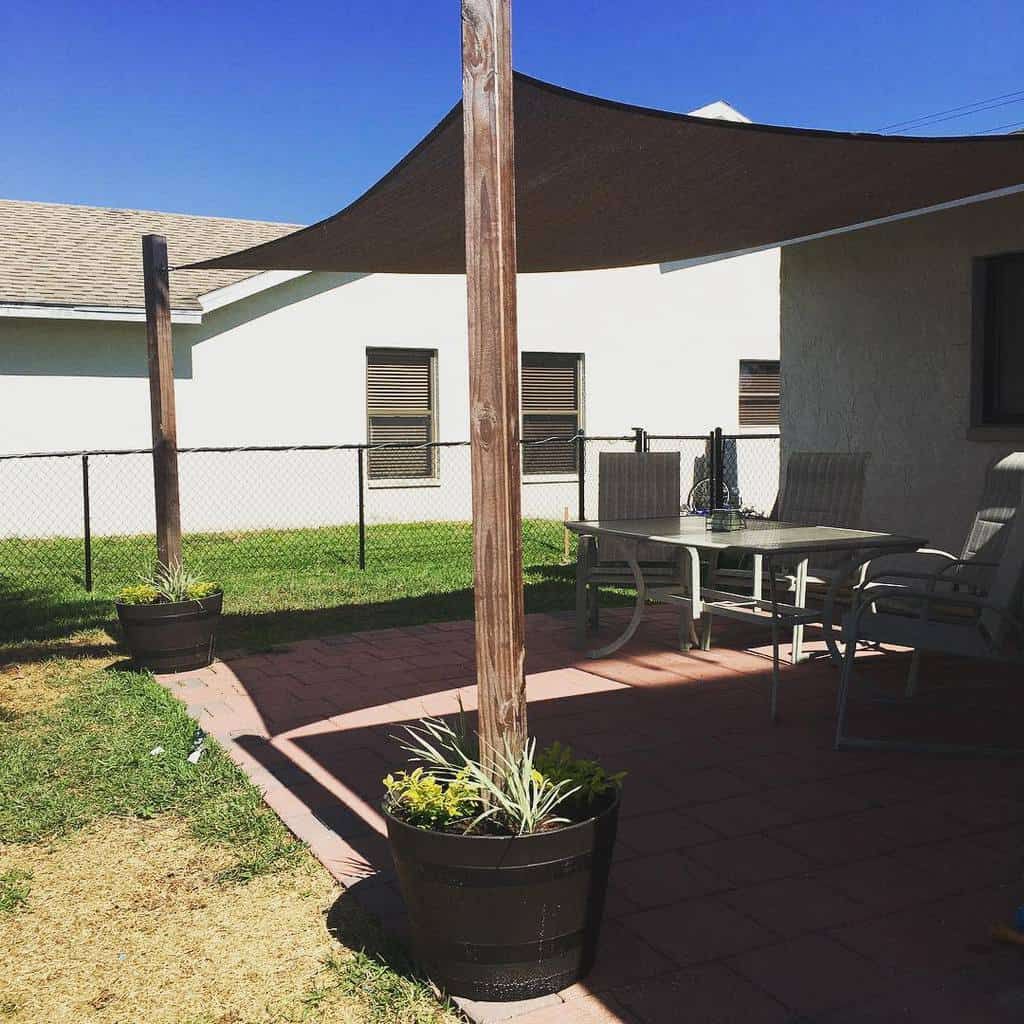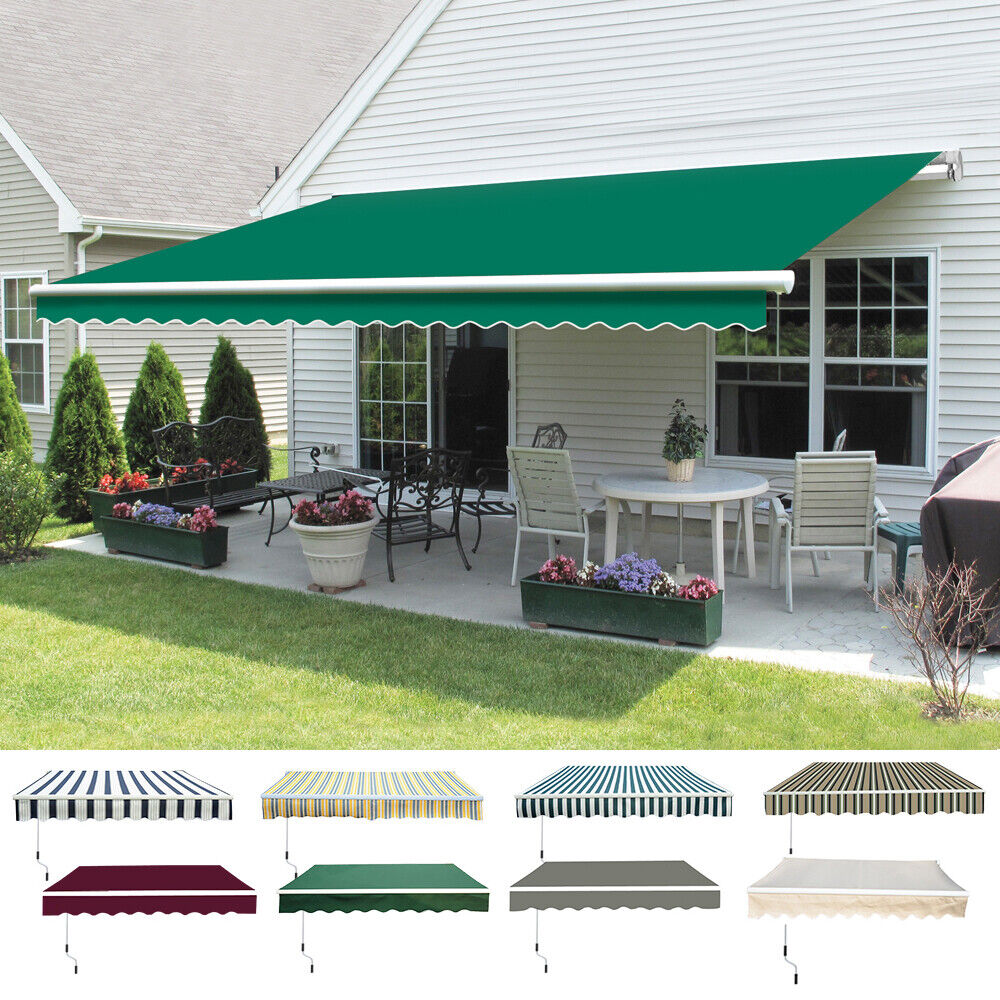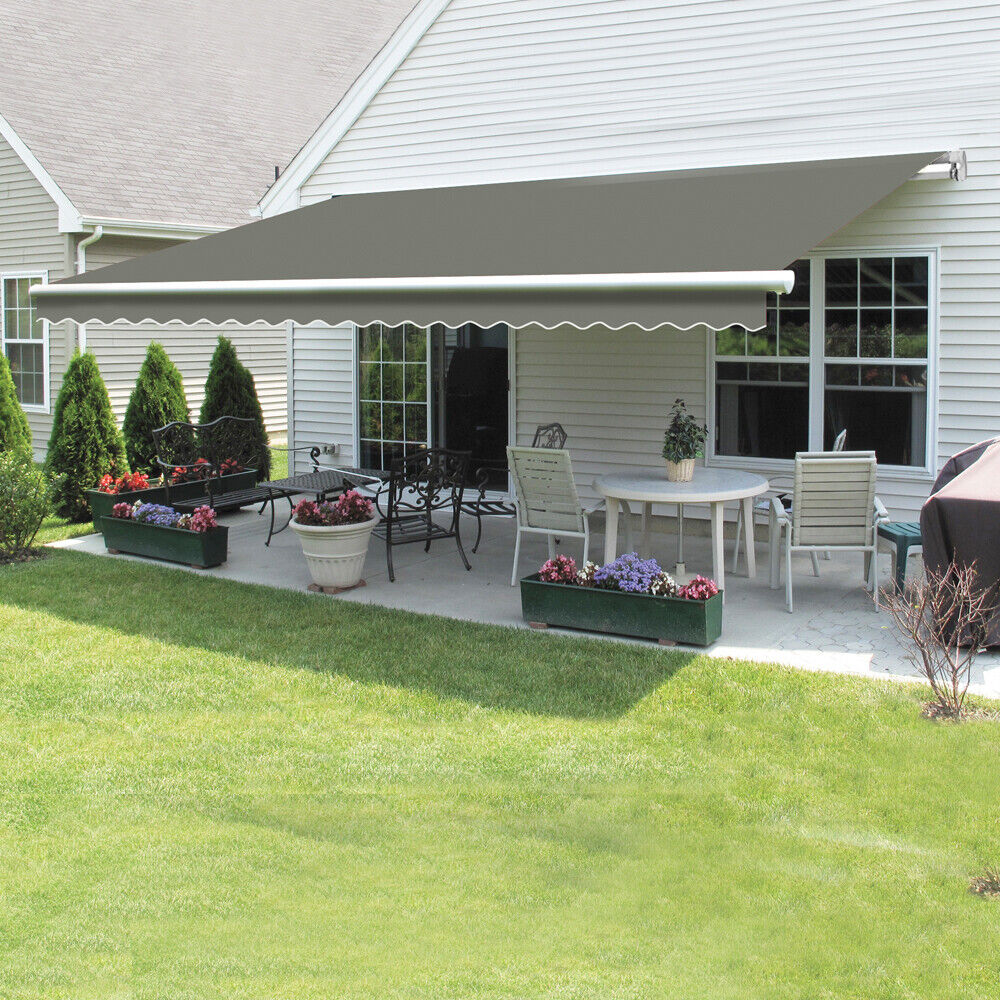Introduction to DIY Patio Awnings: Transforming Your Outdoor Haven
Transforming your patio into a comfortable, stylish, and functional outdoor living space begins with the right shading solution. A DIY patio awning not only offers respite from the sun’s harsh rays but also injects a personal touch of design to your exterior. With a bit of creativity, some basic tools, and our comprehensive guide, you can craft a customized awning that perfectly complements your home’s aesthetics while providing much-needed shelter. Here, we explore various DIY awning ideas that balance practicality with flair, ensuring your patio becomes the ultimate spot for relaxation and entertainment.

Fabric Awnings: Versatile and Budget-Friendly Solutions
Among the simplest and most cost-effective DIY awning options, fabric awnings offer an array of customization possibilities. Start by selecting a durable, weather-resistant fabric like Sunbrella or marine-grade canvas. Measure the area you wish to cover precisely, then cut the fabric to size, allowing for adequate hemming. Attach grommets along the top edge for easy hanging and consider adding a retractable mechanism using PVC pipes or metal rods for flexibility. For a pop of color, choose a pattern or hue that complements your outdoor furniture, instantly breathing life into your patio.
Pergola-Style Awnings: Infusing Structural Charm
For those seeking a more permanent structure with a touch of elegance, pergola-style awnings are an excellent choice. Constructing a basic pergola involves setting up wooden posts and attaching horizontal beams, followed by crisscrossing rafters for that classic pergola look. To provide shade, you can train climbing plants such as ivy or wisteria to grow over the structure, or install lattice panels for vines. Alternatively, affix retractable shade cloth or bamboo rolls between the rafters for adjustable coverage. This DIY project not only delivers ample shade but also adds architectural interest to your outdoor area.

Sail Shades: Contemporary and Dynamic
Sail shades bring a modern, minimalist vibe to patios. These triangular or quadrilateral pieces of UV-resistant fabric are tensioned between anchor points, creating dynamic shapes and shadows. To DIY, map out the sail’s layout, ensuring each corner will be attached securely to a wall, post, or embedded ground anchor. Stainless steel turnbuckles and marine-grade ropes maintain tautness and adjustability. Choose contrasting colors or multiple sails overlapping for a striking visual effect, transforming your patio into a chic, contemporary retreat.
Repurposed Materials: Sustainable Creativity
DIY enthusiasts passionate about sustainability will appreciate repurposing materials for their patio awning. Old doors, window shutters, or even salvaged corrugated metal sheets can be transformed into charming and eco-friendly shelters. Clean, sand, and refinish the materials as needed before installing them creatively above your patio. Corrugated plastic roofing is another option, lightweight and easy to work with, offering both protection and an industrial-chic aesthetic. By upcycling, you not only save resources but also infuse your outdoor space with a unique, personalized touch.

Retractable Canopy Awnings: Flexible Comfort
A retractable canopy awning offers the best of both worlds: sun when you want it, shade when you need it. While commercial retractable awnings can be costly, building your own is a feasible DIY project with substantial rewards. The frame, typically made from aluminum or sturdy wood, supports a retractable fabric canopy. Utilize a manual crank system or even a DIY electric setup with a motor and remote control for convenience. This adaptable solution allows you to adjust your patio’s ambiance effortlessly, ensuring comfort throughout the day.
Lattice and Vines: Nature’s Shading Partner
Combining lattice panels with climbing plants creates a natural and aesthetically pleasing awning solution. Lattice is relatively easy to install, either attached to existing structures or freestanding with posts. Once the lattice is in place, plant climbing vines like clematis, jasmine, or grapevine at its base. Over time, these plants will weave their way through the lattice, forming a lush, living canopy. This natural awning not only provides shade but also introduces fragrance and color to your patio, fostering a tranquil oasis.
DIY Polycarbonate Roof: Durable and Weatherproof
For a more permanent and resilient solution, consider constructing a polycarbonate roof awning. Polycarbonate panels are lightweight yet incredibly strong, offering superior protection against UV rays, rain, and hail. Begin by framing the awning structure with treated lumber or aluminum, ensuring it’s securely anchored to your house or supported by robust posts. Cut the panels to fit, allowing for proper drainage slopes, and secure them with screws and rubber gaskets. This semi-transparent awning admits softened daylight while safeguarding your patio from the elements, ideal for regions with harsh weather conditions.

Design Considerations for a Cohesive Outdoor Space
When planning your DIY patio awning, remember to factor in design cohesion. Consider the architectural style of your home, your existing outdoor furniture, and your landscaping. Choose materials and colors that complement these elements to achieve a harmonious look. Lighting, whether it’s string lights woven through the awning or recessed lights under the eaves, can further enhance the ambiance during evening gatherings. Lastly, don’t forget functionality; ensure your awning provides enough shade where it’s most needed, such as dining or seating areas.
Incorporating Smart Features for Enhanced Functionality
To elevate your DIY patio awning beyond just a shading solution, integrate smart features that offer convenience and adaptability. For instance, you could install smart sensors that automatically extend or retract the awning based on sunlight intensity or wind speed. This not only protects the awning from damage during harsh weather but also ensures you always have optimal shade without manual intervention.
Additionally, pair your electric or motorized awning with a smart home system. This allows you to control your awning via voice commands or through a smartphone app, making adjustments as simple as a tap on the screen. You can even program schedules for your awning to open and close at specific times, enhancing energy efficiency by regulating sunlight entering your home.

Conclusion: Crafting Your Personalized Outdoor Oasis
DIY patio awnings not only shield you from the sun’s intensity but also serve as a creative outlet, allowing you to personalize your outdoor living space. Whether you opt for the simplicity of fabric awnings, the rustic charm of a pergola, or the modern lines of sail shades, each project presents an opportunity to blend functionality with aesthetics. Embrace the DIY spirit, and you’ll soon be enjoying a patio that feels like an extension of your home’s interior, inviting, comfortable, and uniquely yours. So, roll up your sleeves, gather your tools, and let your imagination guide you towards crafting a shaded sanctuary that will be the envy of your neighbors.
